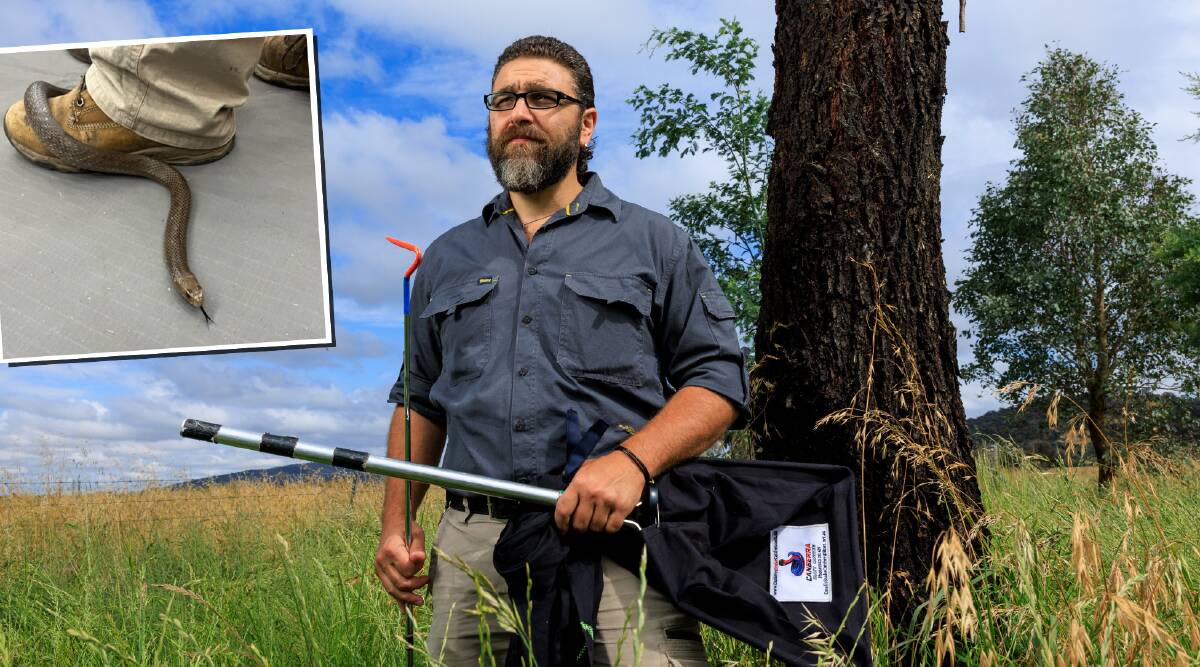The lush grass which provides agony for asthmatics is turning out to be relief for snake-phobes (or ophidiophobians if you want to be fancy and impress your friends).
The abundant vegetation in the bushier parts of the ACT is keeping snakes away from homes, according to one of the territory's ophiophilists (person who likes snakes).
Alex Borg of Canberra Snake Catchers says that this year is not such a good year for business (which means it is a good year for snakes and their fans) because the abundance of frogs and mice in the long, rain-fed outer areas gives snakes a good source of food.
"We think it's because the snakes are happier in the biomass (like thick vegetation in the bush) that it doesn't warrant them coming to people's homes," he said.
His fellow snake catcher, and ANU academic, Gavin Smith says that the abundant grass provides "safer transit corridors and shelter sites for reptiles and other animals".
This means that when they go through urban Canberra, they stick to hidden grassy areas.

Having said that this year is not the busiest for snake-catching, Alex Borg said he did get three call-outs to deal with snakes on the last Wednesday in December.
"We do it for the love of the snake," he said. Both he and Dr Smith of ACT Snake Removals catch snakes and put them in a bag to release safely elsewhere.
Dr Smith emphasises that snakes shouldn't be killed: "The key thing for the public to understand is that despite some of them being highly venomous and potentially dangerous when threatened, they are not some enemy out to get us.
"In fact, they are acutely keen to avoid a confrontation with bigger adversaries in the landscape, such as humans, dogs and cats. They would much rather flee than fight."
He advises Canberrans to give snakes space.
"By keeping properties well-maintained and free of debris on the ground, as well trying to reduce availability of the kinds of refuges that urban-adapted snakes use - such as gaps under concrete slabs, weeping and rodent holes, and in rock and retaining walls, we can deter their presence on our properties to an extent," he said.
"But we also have to accept that snakes massively predate us in this environment and it is we who have developed and encroached onto their naturally occurring habitats.
"Giving snakes plenty of room and respect, and keeping kids and domestic pets away from them - including ensuring that cats are contained at all times and dogs kept under control when outside, can limit adverse interactions."
Dr Smith and Alex Borg are both monitoring the movements of eastern brown snakes in the ACT in a formal, three year academic project.
The idea is to trace their movements to understand them better, but also to find out if they are disorientated when they are released far from where they were captured.







